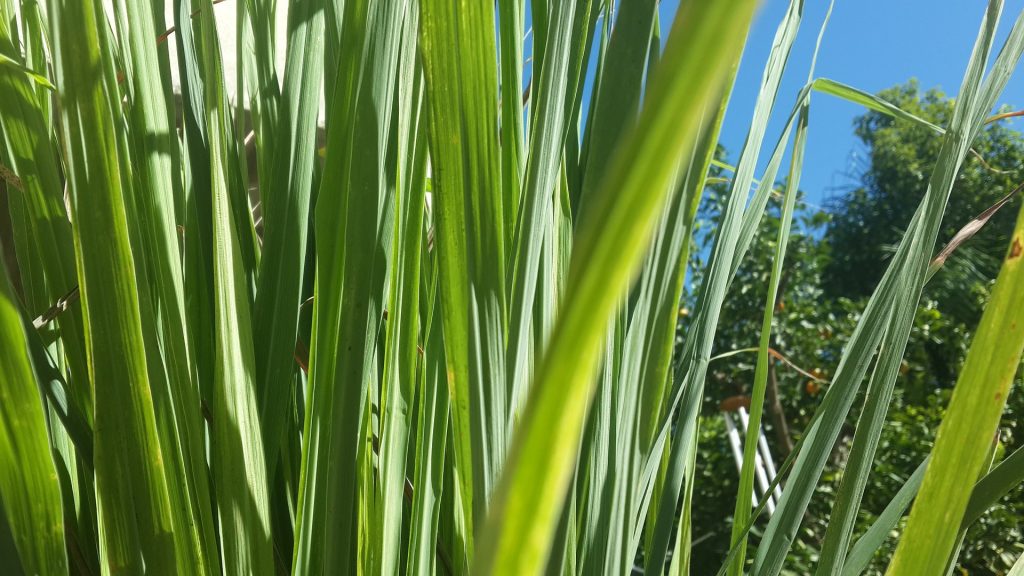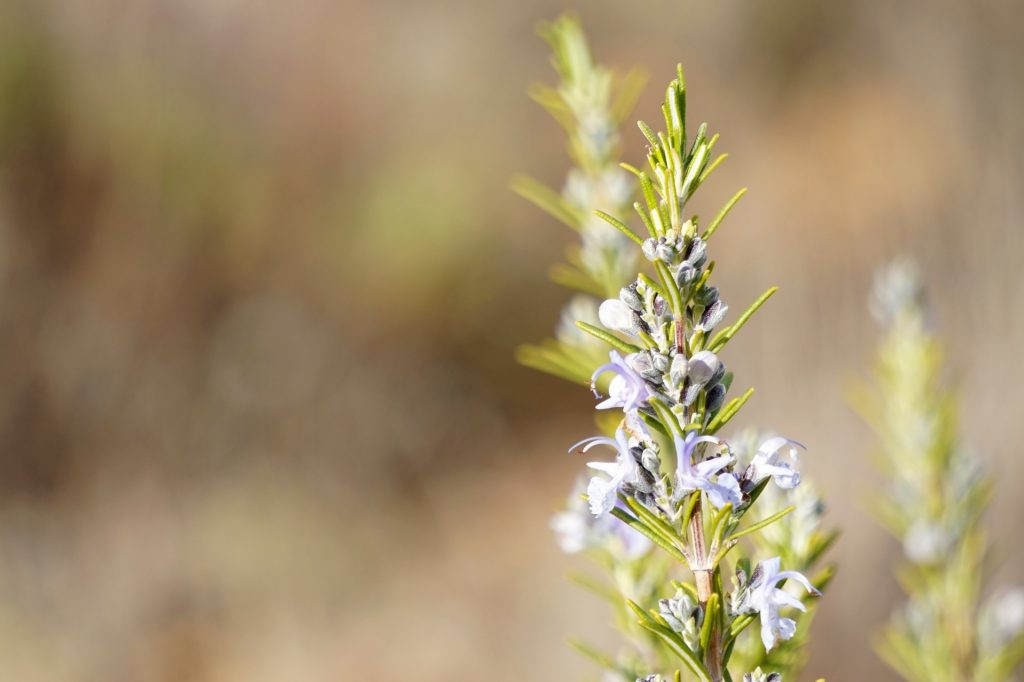 Linalool is a phytochemical belonging to the terpene group. Linalool is a component of the essential oils of a number of aromatic plants and it may have particular medicinal effects. Essential oils are concentrated volatile phytochemicals that produce a strong odour. They often contain high amounts of hydrocarbons, mainly terpenes and terpene derivatives as well as non-hydrocarbons such as alcohols, ketones, aldehydes, phenols, oxides and esters. Such essential oils are used nutritionally in traditional medicine and are also used as treatments in aromatherapy. Essential oils have been shown to possess a number of therapeutic effects, and in some cases can be useful in the treatment of mood disorders. Essential oils containing linalool have traditionally been used for their relaxing and calming properties. Linalool is found in a number of medicinal plants including Lavandula angustifolia (lavender), Melissa officinalis (lemon balm), Rosmarinus officinalis (rosemary) and Cymbopogon citratus (lemon grass).
Linalool is a phytochemical belonging to the terpene group. Linalool is a component of the essential oils of a number of aromatic plants and it may have particular medicinal effects. Essential oils are concentrated volatile phytochemicals that produce a strong odour. They often contain high amounts of hydrocarbons, mainly terpenes and terpene derivatives as well as non-hydrocarbons such as alcohols, ketones, aldehydes, phenols, oxides and esters. Such essential oils are used nutritionally in traditional medicine and are also used as treatments in aromatherapy. Essential oils have been shown to possess a number of therapeutic effects, and in some cases can be useful in the treatment of mood disorders. Essential oils containing linalool have traditionally been used for their relaxing and calming properties. Linalool is found in a number of medicinal plants including Lavandula angustifolia (lavender), Melissa officinalis (lemon balm), Rosmarinus officinalis (rosemary) and Cymbopogon citratus (lemon grass).

The essential oils of plants contain two groups of phytochemicals. The first group are hydrocarbons that comprise mainly of terpenes and terpene derivatives such as monoterpenes, sesquiterpenes, and diterpenes. In addition, there are a group of non-hydrocarbons that include oxygenated chemicals that include oxides, phenols, aldehydes, ketones, esters and alcohols. Linalool is a terpene, bt linalool oxide is a monocyclic alcohol. Linalool is present in a number of plant essential oils. Pictured is lavender, which contains linalool. The essential oil from lavender may be relaxing and calming because of its linalool content.
Inhaled linalool has been shown to possess sedative effects in mice. At 1 % and 3 % saturation of air with linalool, mice experienced increase sleeping time when exposed for 60 minutes. In addition, the inhalation of linalool decrease body temperature in the mice. At the higher 3 % dose, the mice also experienced reductions in locomotion. All of these effects taken together suggest that linalool possesses sedative effects in mammals. In another study on mice, the behavioural effects of inhaled linalool were investigated. Again mice were exposed to air saturated with 1 % and 3 % linalool and their behavior was observed. The addition of linalool to the air decreased the anxious behaviour exhibited by the mice. In addition, the linalool increased social interaction and decreased aggressive behaviour. The authors concluded that inhaled linalool may be an effective way of inducing relaxation and decreasing anxiety. This sort of administration of linalool is inline with the use of certain essential oils in aromatherapy.

Research has shown that linalool has particular central nervous system effects in mammals. In particular linalool has been shown to have sedative, hypnotic and anxiolytic effects in rats and mice. Linalool may work by binding to glutamate receptors in the brain. In experiments of rats, linalool has been shown to inhibit the glutamate receptor in a similar way to the barbiturate drug phenobarbital. Glutamate receptors are excitatory, and activation of them increases excitation in the brain. By inhibiting the receptors, linalool may exert its calming effects. Pictured is lemon grass. Lemongrass my be calming and relaxing because of the linalool content of its essential oil.
In another study, researcher investigated the effects of linalool on the behaviour of rats. The researchers reported that the linalool, administered as an injection, reduced the movement exhibited by the rats, suggesting that it had a sedative effect. However the researchers injected the linalool into the rats, rather than by using inhalation, which may explain the lack of effects. Linalool can be oxidised to another chemical called linalool oxide. Linalool oxide is also found in certain plants essential oils, albeit at a lower concentration that linalool. The behavioural and mood elevating effects of linalool oxide have also been investigated. In one study, researchers administered linalool oxide to mice by inhalation in a chamber, through mixture with air. Mice receiving the linalool oxide exhibited a reduction in anxious behaviour, suggesting that the linalool oxide had conferred anxiolytic effects on the mice. At some concentrations of linalool oxide, the effects were close to those of the benzodiazepine drug diazepam.

Administration of linalool to mice improves their memory and learning. This has made linalool an interesting compound for researchers investigating treatments for Alzheimer’s disease. Linalool appears to have potent antioxidant and anti-inflammatory effects in brain tissue, and this may explain its neurochemical effects. Mice administered linalool also demonstrate behavioural changes that are indicative of elevated mood, particularly, with regard to reductions in anxiety. Rosmarinus officinalis (rosemary), pictured, contains linalool.
Eat Well, Stay Healthy, Protect Yourself
RdB
